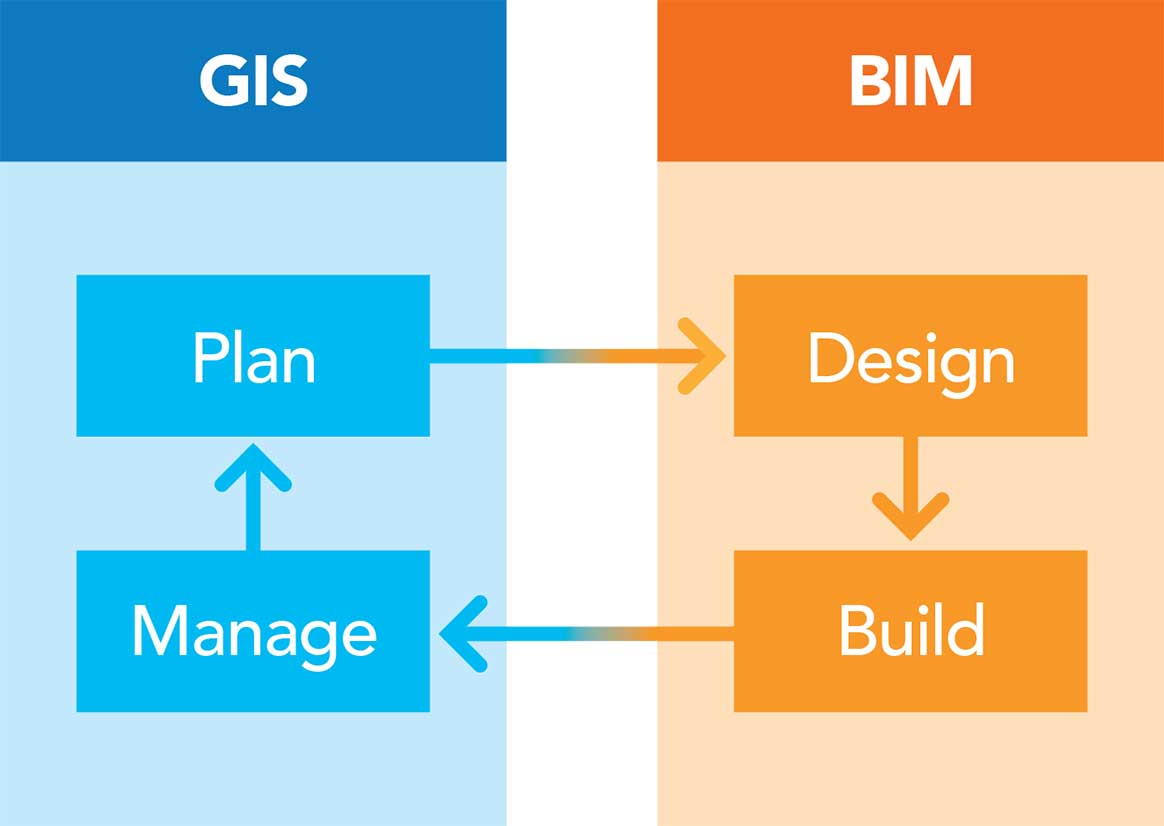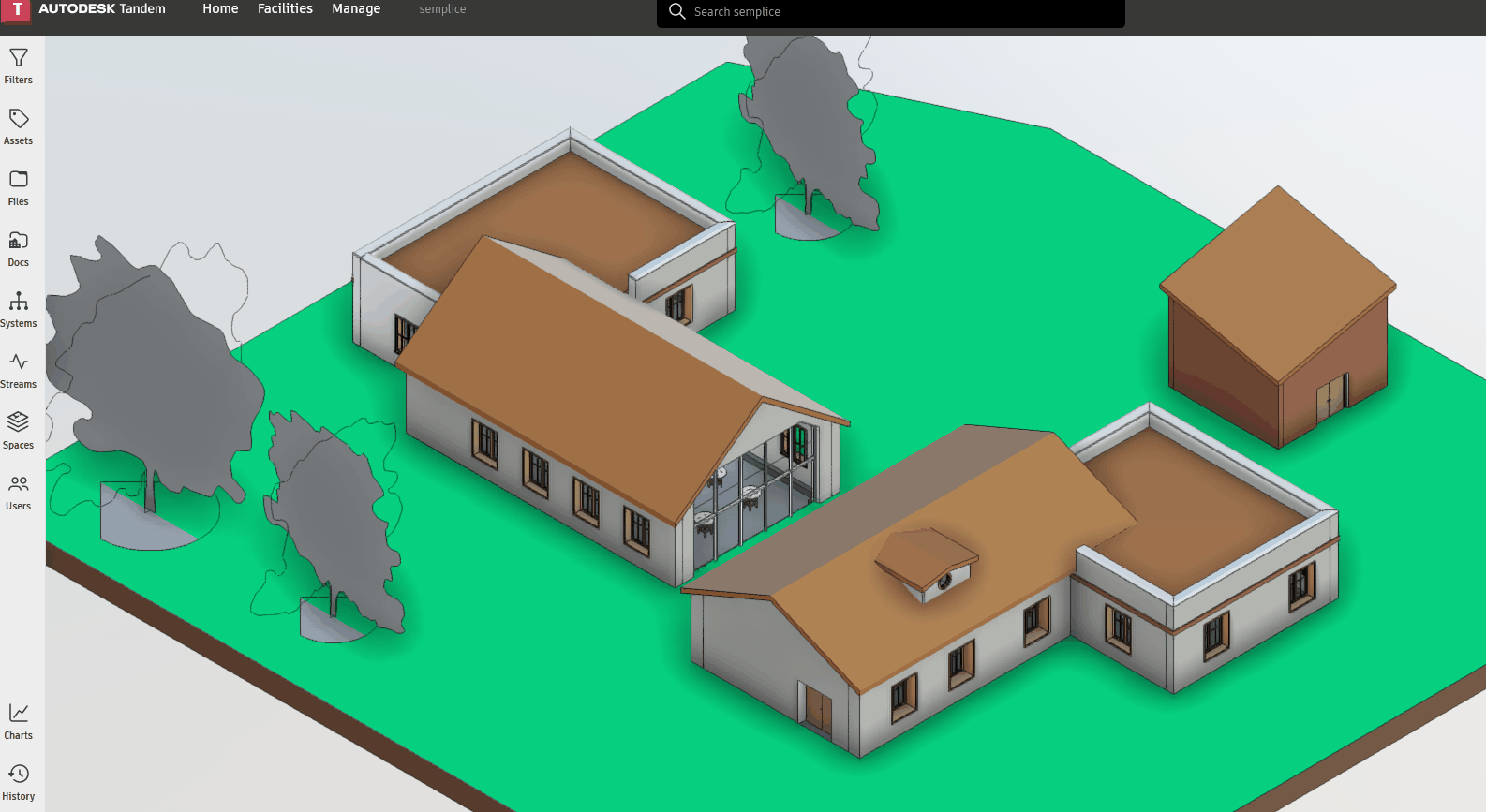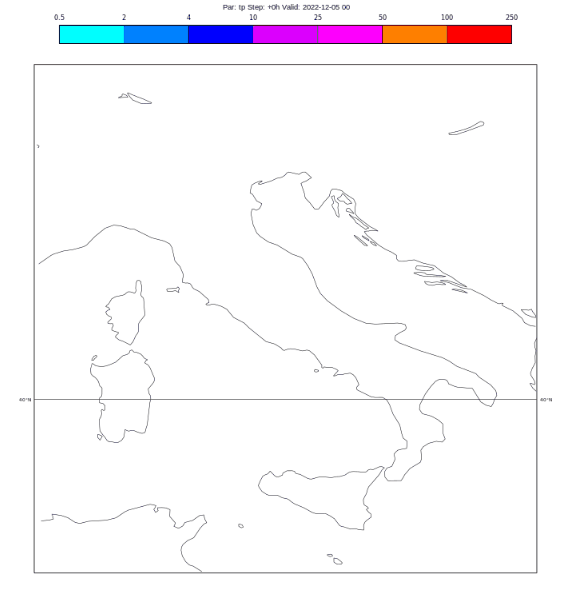Combining BIM and GIS in Building Operation and Information Management
Facility Management with BIM and GIS

The combination of BIM and GIS technology (BIM+GIS) can provide complete and real-time data about facilities and equipment as the basis for more effective monitoring and management of information about a building. GIS technology is already widely used in building information modelling (BIM) and urban information management such as grid systems, public information systems, etc. GIS technology can be used to visualize public information and management information, and when the GIS technology is combined with business data such as process and real-time monitoring information, the information can be managed efficiently. The advantage of the use of GIS in building management is that it can directly reflect the geographical distribution of the building. It also reflects the various management elements of the building through vector information, and facilitates information management relating to the building through the integration and interaction of vector geographic information and business information.
Although BIM is also widely used in the architectural design and construction stage, it is still in its infancy for building management. Some high-end construction projects (such as the Shanghai Center) have succeeded in integrating operational data through BIM and have established operation management applications for asset management, energy management, environmental management, safety management, emergency management, equipment monitoring management and equipment maintenance management based on BIM to provide managers with a more direct and efficient management method.
What is a digital twin and why is it so valuable?
A digital twin is a data-rich, interactive model which mirrors its built asset, both in appearance
and substance. Its value comes from the way it centralizes and contextualizes data for the building’s
lifecycle. These comprehensive virtual replicas connect real-life assets with their IT/OT data,
giving users both holistic and granular visibility of the information that matters most to them.
Autodesk Tandem is a digital twin solution, designed to deliver smarter buildings and operational
excellence. By connecting data from the building’s lifecycle within one dynamic, digital replica,
actionable insights are always at your fingertips.

Weather Monitoring in Construction
Construction is, as much as any industry, often impacted by weather. And while construction professionals
can’t control the weather, being able to forecast it and apply deep industry expertise to that type
of weather intelligence is the key to minimizing the negative impact of weather on their operations
and to optimize jobs as much as possible.
At the top of how construction is impacted by inclement weather is crew safety. Simply put, many
weather scenarios make it not just difficult for construction crews to work in, but downright dangerous.
A surprise lightning strike, howling wind gusts that put roofers at risk, or heat waves that hit crews
with surprise heat exhaustion are all examples of dangerous weather.
For crew operators and managers, time is money, and having to make decisions about whether to schedule
a crew for a certain day or how many jobs to schedule when the forecast suggests some possibility of
rain and dark cloudy skies are looming can be excruciating.


While time is money, the most concrete way that weather impacts the bottom-line
for construction companies is in damaging equipment and ruining recently poured concrete. Sudden
rain or a precipitous drop in temperatures after a crew has just poured concrete would waste all that
concrete and force the crew to re-do their job the next day – a tremendous waste of both resources,
not to mention time.
Operators need to know if there is any risk of precipitation or cold temperatures
before pouring concrete, or if there’s enough of a window to allow the concrete to dry.
The goal of weather intelligence is to combine hyper-accurate weather forecasts with business
and industry expertise for what type of thresholds
and conditions are workable, to simplify those go / no-go decisions.
How Weather Conditions Affect Construction Work
Weather conditions can affect the construction work in many ways. Here are a few weather-related situations that are common at construction sites which require weather monitoring.
Ground temperature is a big concern in winter and fall seasons, especially when it reaches freezing temperatures. Excavating and laying concrete becomes extremely difficult when the ground is frozen. Frost can go as deep as 1-feet below the ground and make it harder to break the ice to proceed with the construction.
The cold weather also affects the concrete installation process. Since the temperatures are low, the mortar and grout do not get enough heat for cement hydration. Besides, installing concrete in such low temperatures might impact its durability. Low temperatures also mean that your workers will have to come to work in heavy clothing. That might restrict their movement to a certain extent and prevent them from maneuvering as usual or operating their machinery.
Hot temperatures can lead to dehydration and sunstroke. When your workers are suffering from these conditions, they will feel dizzy. These conditions can impact their reaction times as well as judgment. Hence, they might cause accidents when operating heavy machinery or driving heavy vehicles. High temperatures can also overheat the machinery. The hot weather and the sun glare can also pose fire risks to flammable materials at the construction site.
Torrential rain can reduce the visibility at the construction site. It also makes it hard for workers to operate heavy machinery. Besides, rain can slow down the work speed, especially when the work requires heavy equipment. Also, given how muddy construction sites can get in such weather, it becomes difficult to drive around the site too. Hence, even the movement of necessary resources and equipment is brought to a halt.
Like torrential rain, fog can also reduce visibility. And since it takes time to clear out, construction work is delayed for long periods. That forces engineers to push back their deadlines.
Strong winds pose safety risks, especially when there are cranes and towers set up at the site. Construction managers and engineers suggest halting crane and tower operations when wind speed reaches 20 mph. The winds can also make the site dusty which in turn reduces visibility.